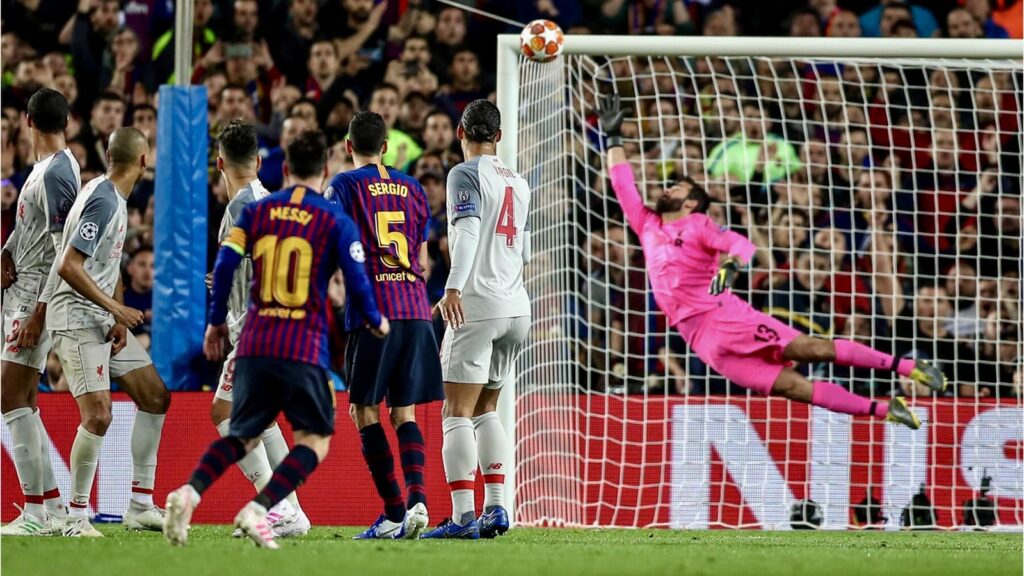Free kicks are among the thrilling moments in the sport of football. A superbly struck free kick can change the entire scenery of a football match, turning into an epitome of skill and precision. For the players trying to hone their scoring capability, free kicks stand as a crucial instrument. This article talks about the various kinds of free kicks, types of setups, as well as some practice tips on free kicks from the pros. Being well-versed with this realm will ensure any player is able to turn dead-ball situations into goal-scoring chances, whether they are just starting their football journey or already experienced.
About Free-Kick Types
There exist several types of free kicks depending on distance to the goal, angle, and position of the wall. Some common variants include:
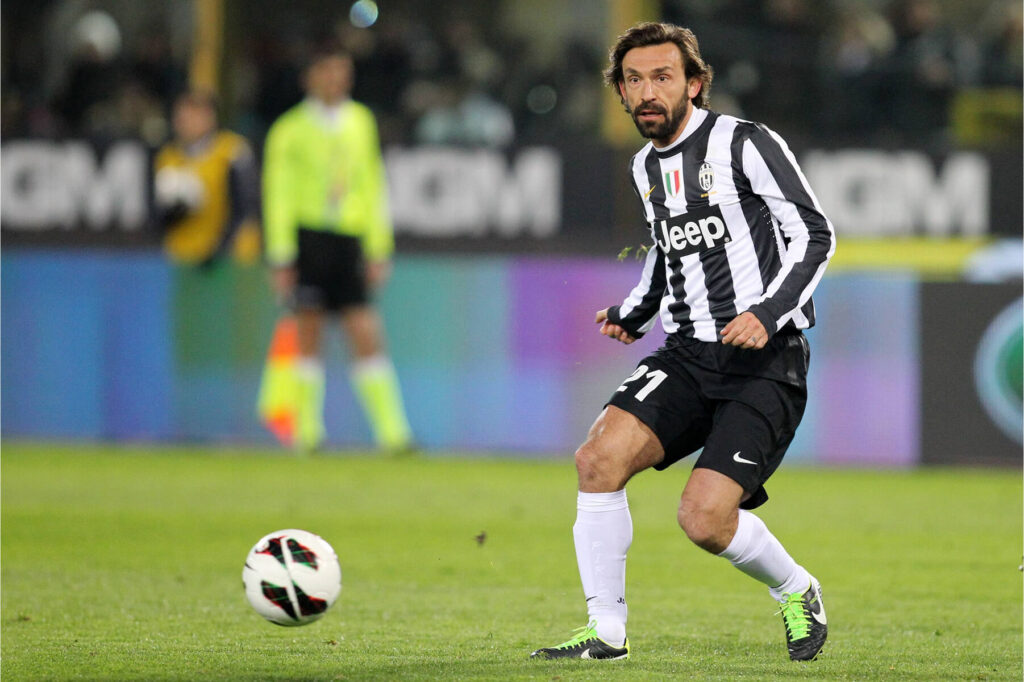
- Curling Free Kick
Popularized largely by David Beckham, this style relies heavily on curl and accuracy. The ball is struck with the inside of the boot, bending slightly around the wall into the goal.
Best from: Medium range (20-30 yards)
Key focus: Placement and spin
- Knuckleball
This powerful, unpredictable strike was made famous by Cristiano Ronaldo and Juninho Pernambucano. It involves hitting the ball with minimal spin, causing it to dip and swerve unexpectedly.
Best from: Long range
Key focus: Power and unpredictability
- Dipping Shot
Aimed at getting the ball to drop sharply just under the crossbar. Lionel Messi often uses this to exploit goalkeepers’ difficulty in judging dipping balls.
Best from: Just outside the box
Key focus: Quick elevation followed by sudden drop
- Under-the-Wall Shot
Players like Ronaldinho have used this when anticipating a jumping wall. By keeping the shot low, it can catch both defenders and goalkeepers off guard.
Best from: Close range
Key focus: Timing and deception
- Lay-Off and Strike
Involves a teammate nudging the ball slightly before the kicker shoots. This is used to change the angle, gain momentum, or avoid the wall.
Best for: Team-coordinated routines
Key focus: Communication and timing
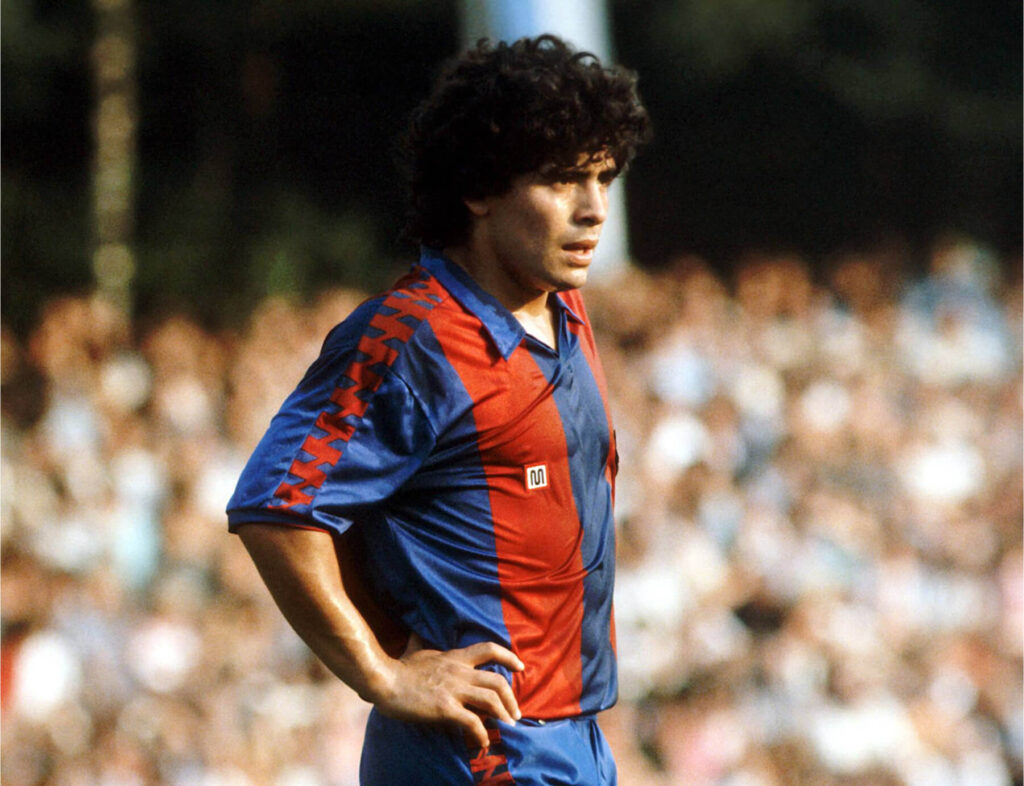
Free Kick Setup Routine
Success in free kicks isn’t just about striking the ball well. The preparation leading up to the kick is just as important. Here’s how top players prepare:
Assess the Wall and Goalkeeper
- Count the number of players in the wall.
- Look for gaps or players who are likely to jump.
- Note the goalkeeper’s position—some may lean in one direction or anticipate too early.
Decide the Type of Shot
- Based on distance and wall setup, choose a curling, dipping, or knuckleball shot.
- Stick with your decision to avoid last-second changes.
Ball Placement
- Use the valve or branding on the ball as a target point.
- On uneven grass, make sure the ball is on a flat patch to ensure clean contact.
Run-Up
- Keep your run-up consistent to avoid giving away your intentions.
- A straight approach suits power shots; a curved one supports curled efforts.
Body Position
- Stay relaxed but focused.
- Align your plant foot properly—it controls balance and direction.
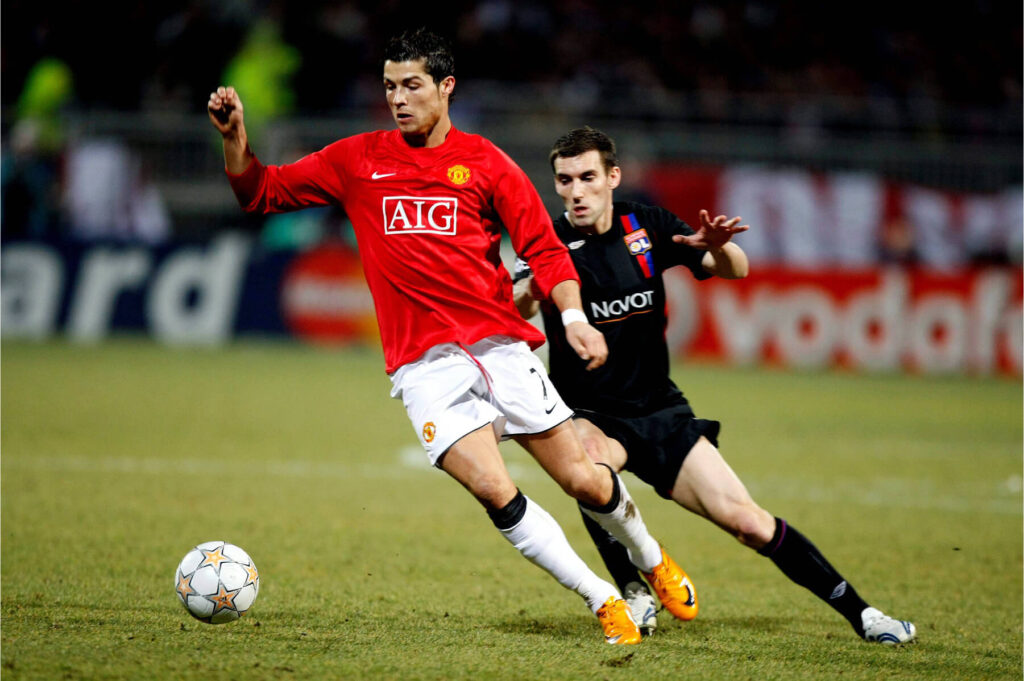
Setting Up Teammates for a Lay-Off and Strike
- Signal the routine subtly – many teams use a pre-agreed hand gesture or head nod.
- Position another teammate to distract or pull the wall apart, either by running across the line or faking a shot.
- Time your run-up to begin just before the lay-off, ensuring a smooth strike in motion.
- Practice this with all players involved to ensure rhythm and precision.
Striking the Ball: Key Techniques
Each free-kick style involves specific contact techniques:
Curling Technique
- Strike with the inside of the foot.
- Aim for the bottom half of the ball to lift it.
- Wrap your foot around the ball to generate spin.
Knuckleball Technique
- Strike the center of the ball with your laces.
- Keep the follow-through short and stiff.
- Avoid excessive spin; the unpredictable motion comes from the lack of rotation.
Dipping Shot Technique
- Hit the ball slightly underneath with power.
- Follow through with a strong upward motion.
- Useful for clearing walls and dropping the ball quickly.
Low Shot Under the Wall
- Use the side or instep of your foot.
- Keep the shot flat and low.
- Time your strike just as the wall jumps.
Practice Drills to Improve Free Kicks
Repetition builds muscle memory, but smart drills develop technique. Here are some useful practice routines:
Wall Simulation Drill
- Use mannequins or teammates to replicate a defensive wall.
- Practice bending the ball around or over them.
Target Practice
- Place cones or targets in the corners of the goal.
- Score points by hitting different zones.
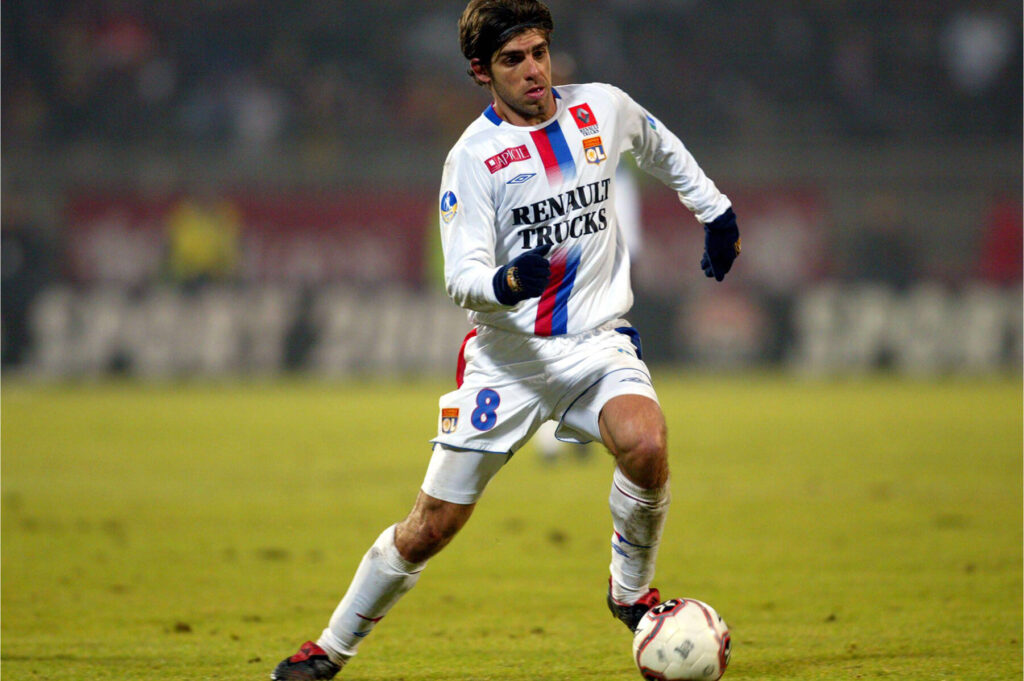
Consistency Reps
- Set up 10 balls at various distances.
- Focus on maintaining form and rhythm, not just power.
Pressure Simulation
- Have teammates count down or shout to simulate match pressure.
- Helps improve focus and decision-making under stress.
Video Feedback
- Record your kicks to analyze technique.
- Compare with footage of top players to refine your form.
Mental Strategies for Free-Kick Success
Free kicks require calm under pressure. Here’s how to build the right mindset:
Visualization
- Imagine the ball going in before you strike it.
- This builds confidence and clarity.
Pre-Kick Routine
- Like a penalty, having a routine helps center your focus.
- Breathe deeply, clear your mind, and follow the same steps each time.
Ignore Distractions
- Block out crowd noise and opposition mind games.
- Focus only on the ball and your technique.
Manage Expectations
- Not every free kick will score.
- Focus on hitting the target or creating danger—even deflections can lead to goals.
Learning from the Masters
Some of the best free-kick takers in football history have unique techniques worth studying:
David Beckham
- Master of the curling free kick.
- Famous for his precision and consistent run-up.
- Often bent the ball over the wall and into the top corner from medium range.
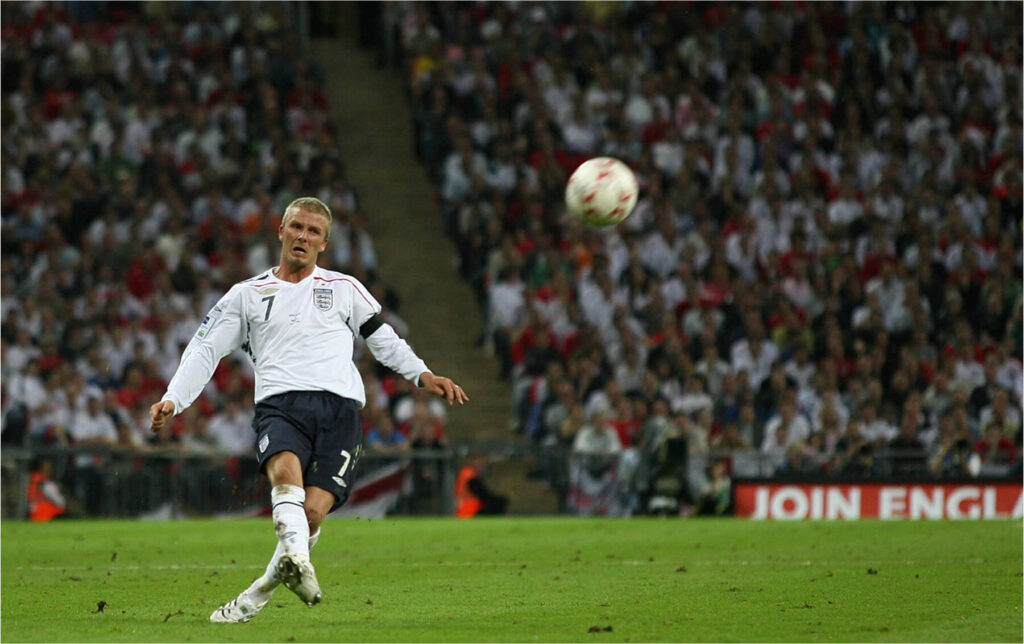
Lionel Messi
- Uses vision, finesse, and variation.
- Known for dipping shots and accuracy from 18–25 yards.
- Excels in placing the ball just over the wall with minimal backlift.
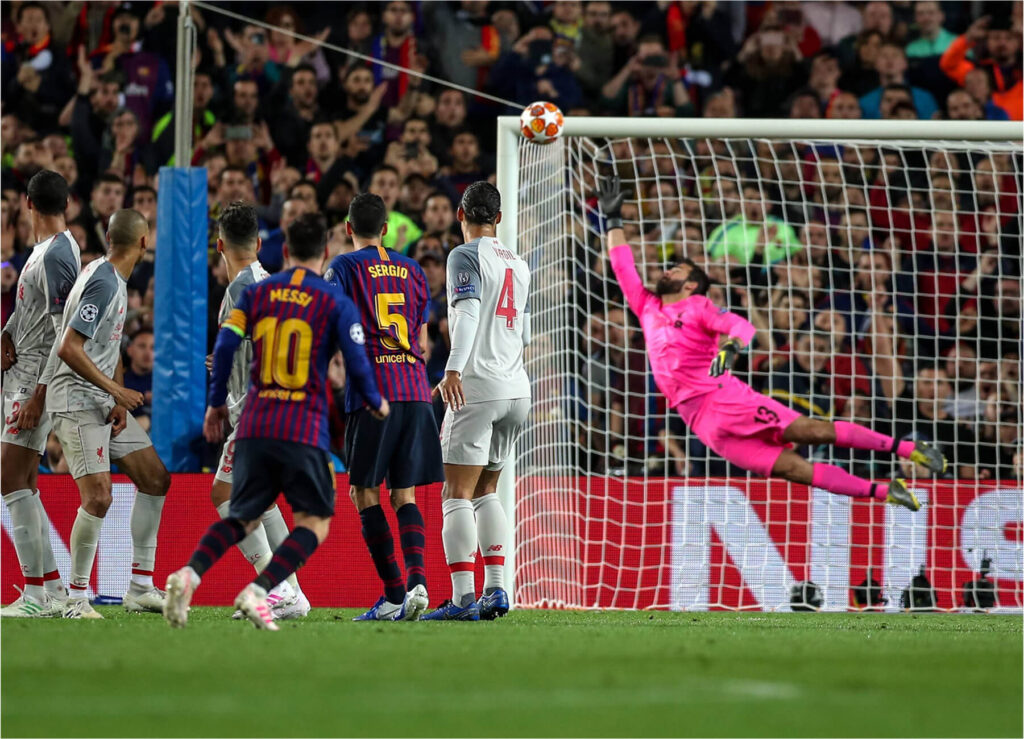
- Explosive power and the ability to bend the ball from almost impossible angles.
- His free kick against France in 1997 is usually cited as one of those rare instances of perfection.
- He used the outside of his left foot to impart adverse swing and speed, which made it very difficult to anticipate and hence spectacular to view.
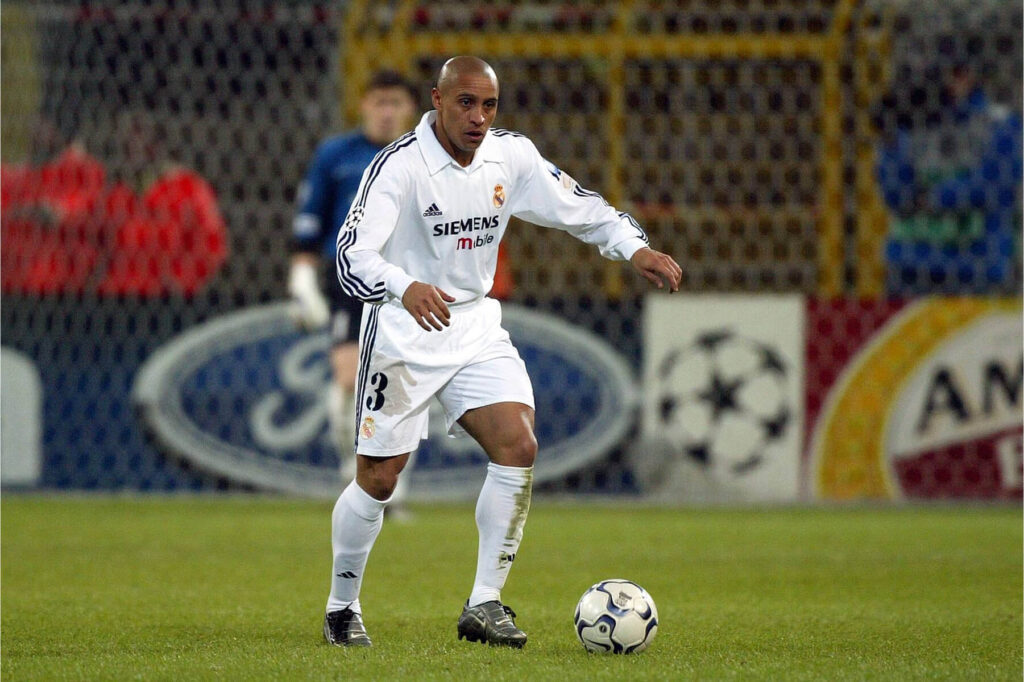
- Keeps power and knuckleball physics in tandem.
- His stance, one of a kind and explosive, always made him a threat.
- Great long-range shots that unpredictably dip and swerve.
Final Thoughts
An individual wishing to master free kicks must realize that lots of things stand behind it being an art. These include technique, repetitive practice, decision making, and mental strength. The upside is that, if done right, one can very well develop free-kick technique and put himself in the scoring limelight from set pieces.
Be it curling it around the wall, a banger from range, or just slipping it under the defenders; practice is what counts. Keep watching your own steps, observe the masters of the art, and work to continually perfect your skill. Free kicks are a chance to shine-and a bit of hard work and discovery will turn it into one of the deadliest tools in your football arsenal.
